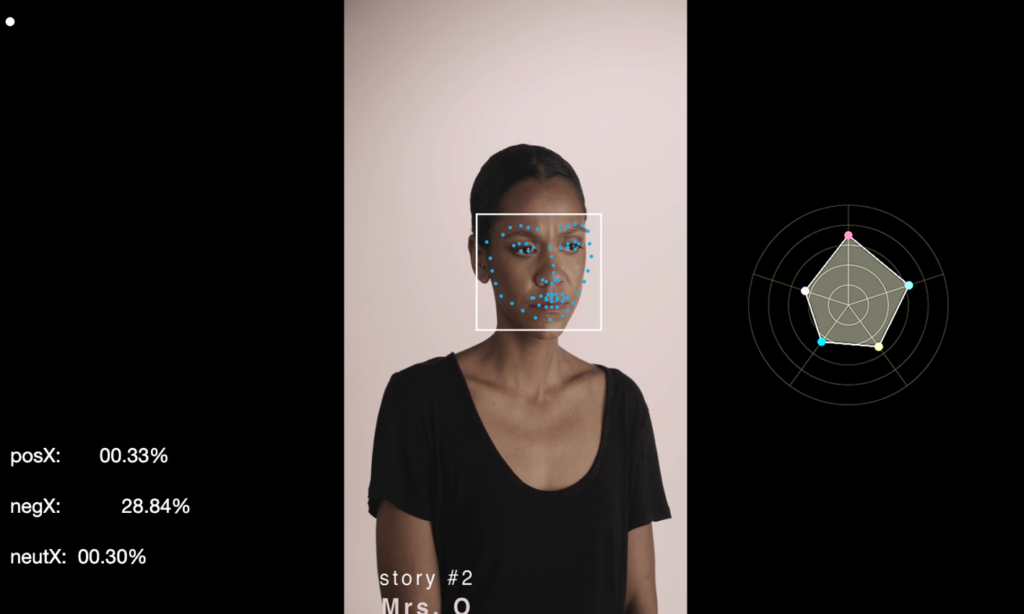

Collective Care, IEEE VISAP juried exhibition, University of Applied Arts, Vienna, Austria
November 2025
Joel Ong and Kuan-Ju, Wu
The project Weaving Water, Interleaving Silence is an artistic research project exploring the expressiveness of water and its potential as a visualization tool for emotions that lie beneath the surface. Through strategies in data visualization, computer vision and mechatronic elements, this installation explores the translational and transdisciplinary poetics in our connection to water and its metaphors of flow, depth, and revelation. Most uniquely, these metaphors are used to articulate the deep and often hidden emotional complexities facing individuals at medical, ecological and socio-cultural frontlines.
Conceptually, the artwork aligns strongly with the exhibition’s inspired notions of ‘collective care’ on various levels. At its most immediate, Weaving Water, Interleaving Silence valorizes stories of resilience of climate disaster survivors and survivors in marginalized groups/communities, especially in cases where systemic infrastructures enact an ongoing process of silencing and devaluing of the experiences of individuals in the advent of large, global crises.
At a deeper and perhaps self-critical level, the artwork contemplates the validity of computationally-enhanced emotional recognition techniques as part of a toolkit for identifying need and/or warranting care – recognizing that the reduction embedded within the processes of data collection has already been critiqued as distancing, isolating and dehumanizing. Our proposal with this artwork is to consider elemental media as a form of affective and transcendent materiality. Water is deeply symbolic and meditative, and its ability to flow, shape shift and interleave recursively is a powerful metaphor for the project’s ideas of an embedded and hidden emotional complexity. By putting data structures and elemental media in synergy, how might the experience of Weaving Water, Interleaving Silence simultaneously provide affect and inform about quantifiable parameters of our emotions? More broadly, how might trajectories of data visualization practices be aligned with qualitative, multi-sensorial experiences to connect people and support conversations on collective care?
